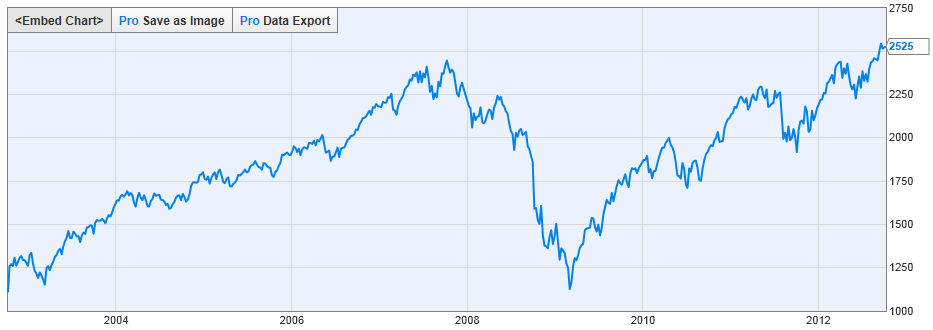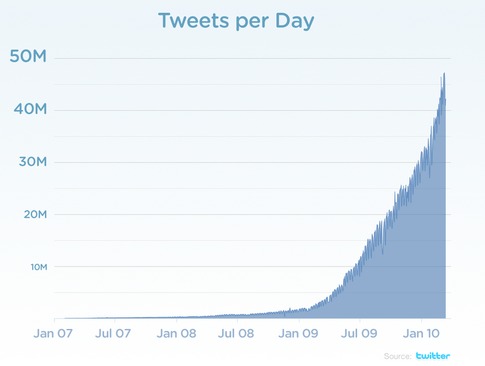When it comes to analyzing public companies, these are the good old days.
Immense amounts of publicly available information (e.g., EDGAR), free-to-use data providers (e.g. Zacks, Morningstar) and the ubiquity and low cost of the Internet make it a great time to be alive.
If you’re a securities analyst that is.

Growing Complexity
The nature of being a public company has changed over time. Forty years ago, the chief financial officer (CFO) of a public company led a pretty simple existence.
At quarter end, the CFO would wait by the inbox for internal accounting reports coming in from branch offices. He or she would then incorporate them into the primary financial statements to create a master balance sheet and income statement.
The CFO would then add some commentary and perhaps some explanations about a change in revenue recognition or an off-balance sheet liability.
A secretary (perhaps one with a “head for numbers”) would type it all up. It would then be sent to a printer that specialized in financial statements.
A couple of weeks later, the CFO would get a box full of finished copies, called 10-Qs.
If it was for the year-end, it was a 10-K. The box would get sent to the mailroom. Somebody would mail one to the SEC in Washington.
Sleep Process
When a financial analyst from an investment bank or mutual fund company called on the phone requesting a ‘-K’ or ‘Q’ the secretary would drop one in an envelope and the analyst would get one in a week or so. The analyst might visit the company in person.
The whole effort was pretty sleepy; you can practically taste the lunch martini and smell the cigarette smoke. The burden was on the analyst or portfolio manager to find the information.
But starting in 1988, things changed. That year, the Statement of Cash Flows became a mandatory part of 10-Ks and 10-Qs.
Safe Harbor
Since then, the “Safe Harbor” regulations in 1995, Reg FD in 2000 and Sarbanes-Oxley in 2002 have unleashed a gusher of public company data, all brought instantly via the Internet.
Plus, plunging telephone costs made earnings conference calls viable. Speech-to-text software created the earnings call transcript.
Now, securities analysis isn’t about finding information, it’s about filtering and analyzing the immense amount of it.
Data Deluge
Our firm’s flagship portfolio always has around 50 stocks. So earnings season is busy as I go through the earnings releases and conference calls; sometimes eight or 10 per day.
I need to make sure the companies in the portfolio are doing the things we want them to do.
Managing this busy time sometimes involves tricks and short-cuts. So here’s one of mine:
Dead Horse
If I didn’t have time to listen to a company’s conference call, I’ll pull up the call transcript a few hours later. I’ll scroll down to the Q&A portion. Then I’ll search for the phrase, “dead horse.” If it shows up, it’s often in a passage that may read something like this:
“Hi Mary, hello Bill; great quarter! Thanks for taking my call. You know, I don’t mean to beat a dead horse or anything but could you offer any further color on why that $100 million in revenue slipped out of Q3 into Q4? I mean did it really ‘slip’ if it’s been a month since the quarter end and you still haven’t closed that business…?”
Bingo!
The company did something wrong and their first explanation isn’t believable. Which, if you’ve been counting, are two separate problems: one of execution and the other of credibility. Neither is good. And examining both requires further inquiry. All part of being an analyst or PM.
Word Search
Recently, our firm switched from a proprietary data screening program to the service provider FactSet. And in our due diligence, we discovered that FactSet offers the ability to not only access earnings call transcripts but also to search for words and phrases within them.
Yahtzee!
As I type this in late January, the phrase “dead horse” has been said 35 times by analysts on conference calls in the preceding three months. Including once during the November 2nd earnings call transcript of one of our holdings: CACI International (ticker: CACI).
An analyst at Citigroup noticed that management’s promise of increasing EBIT margins in 2018 were at odds with margin guidance for Q1 that would be down year-over-year.
After the analyst unleashed the dreaded phrase in a follow-up question, he and CACI’s CEO and CFO discussed the matter further until the issue was clarified. It turned out to be the last question on the call.
CEO Spin
Now that I have access to all these dead horses, I suppose it makes sense to see if my little shortcut has any predictive power.
So I looked back at those 35 “dead horse” references FactSet found. It turns out for companies in that group, the average price return was -4.1% for the day after the earnings announcement. Beating a dead horse is supposed to be futile. Maybe it isn’t.
Now I’m looking forward to testing other popular conference call words and phrases.
Like when a CEO spins the arrival of a new, much larger competitor as “validating the market.” Which interpret to mean, “The big Kahuna has arrived and has scale that we would chew off our left arms off to have.”
Photo Credit: Pictures of Money via Flickr Creative Commons




